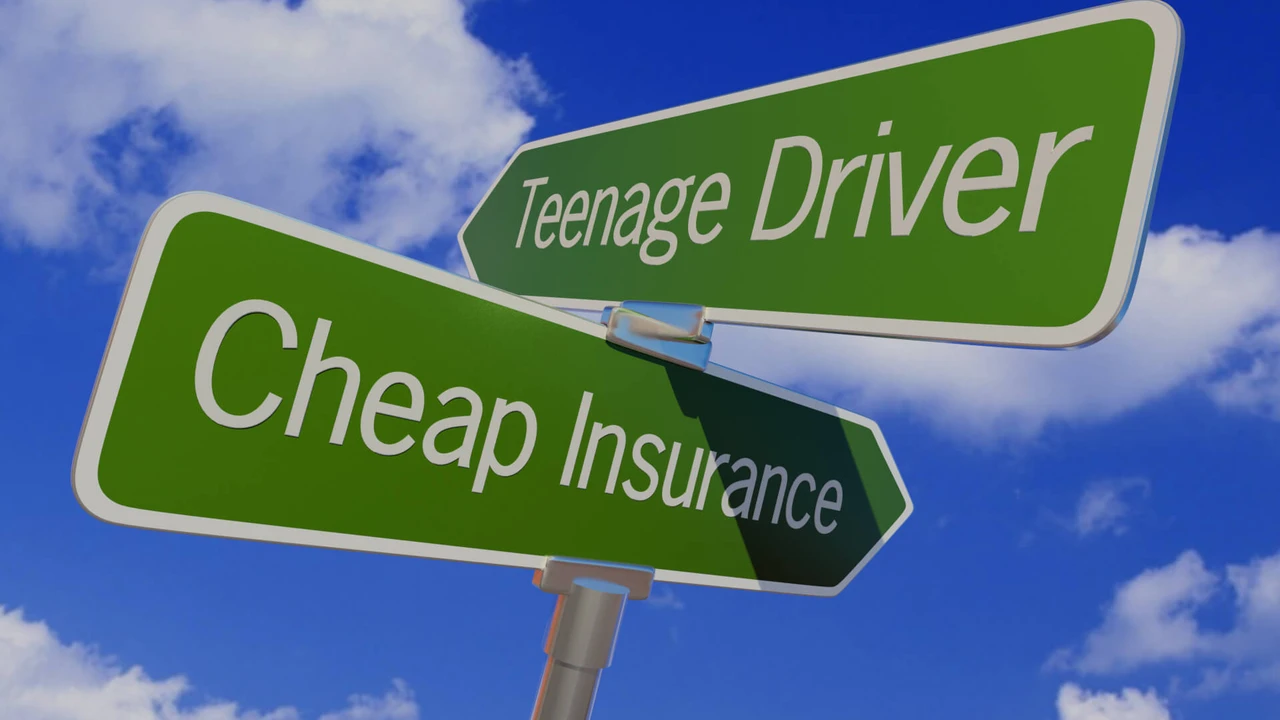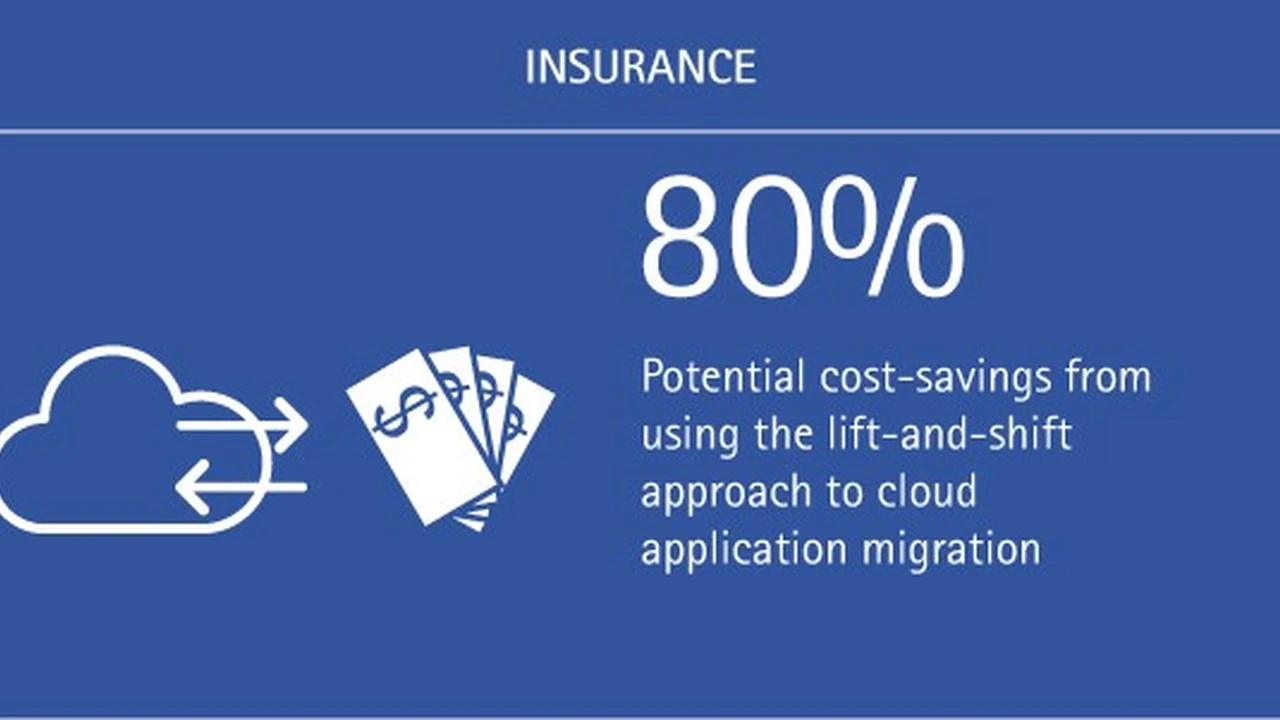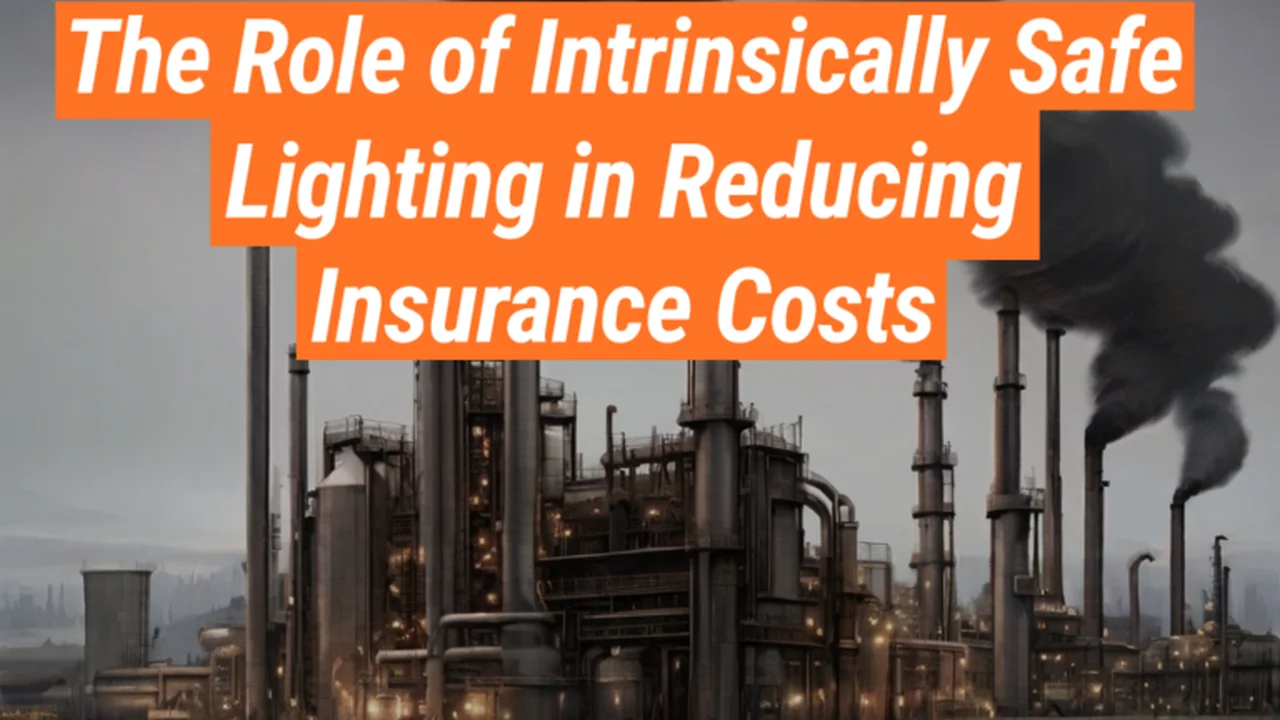How Location Affects Teen Driver Insurance Rates

Okay, so you're diving into the world of teen driver insurance? Smart move! It's a jungle out there, and one of the biggest things that can swing your rates wildly is… you guessed it, location. Where you live isn't just about your zip code; it's a complex factor insurance companies use to determine how likely your teen is to get into an accident. Let's break it down.
Understanding the Geographics of Teen Driver Insurance Cost Considerations
Think about it: a teen driving in Manhattan faces a completely different set of challenges than one cruising around a rural town in Montana. More traffic, higher population density, increased risk of theft and vandalism – all these things contribute to higher insurance premiums. Insurance companies are all about risk assessment, and location is a huge piece of that puzzle.
Urban vs. Rural: The Great Divide in Insurance Rates
Generally, urban areas mean higher insurance rates. Why? Because there are simply more cars on the road, leading to a greater chance of accidents. Plus, cities often have higher rates of car theft and vandalism. Rural areas, on the other hand, typically see lower rates due to less traffic and lower crime rates. However, even within rural areas, certain factors can still influence your rates.
State Laws and Regulations: A State-by-State Breakdown of Insurance Requirements
Each state has its own set of insurance laws and regulations. Some states require higher minimum coverage amounts than others, which can directly impact your premium. For example, a state with mandatory personal injury protection (PIP) coverage will likely have higher average insurance rates than a state without it. It's crucial to understand your state's specific requirements to get an accurate picture of what you'll be paying.
Population Density: How Many People on the Road Affect Insurance Premiums
Higher population density translates to more cars, more traffic, and more potential accidents. Insurance companies use population density as a key indicator of risk. Areas with high population density are considered riskier, leading to higher premiums for teen drivers.
Crime Rates: The Connection Between Vehicle Theft and Insurance Costs
Areas with high crime rates, especially vehicle theft and vandalism, will almost always have higher insurance rates. Insurance companies factor in the likelihood of your car being stolen or damaged when calculating your premium. If you live in an area with a high crime rate, expect to pay more for insurance.
Weather Conditions: How Climate Impacts Teen Driver Insurance Premiums
Believe it or not, even the weather can play a role in your insurance rates. Areas with frequent snow, ice, or heavy rain are considered riskier due to the increased chance of accidents. If you live in an area with harsh weather conditions, your insurance rates may be higher than in a sunnier climate.
Road Conditions: The Impact of Infrastructure on Insurance Costs
Poor road conditions, such as potholes, inadequate lighting, or poorly maintained roads, can also increase your insurance rates. These conditions make it more likely for accidents to occur, leading to higher premiums. Areas with well-maintained roads generally see lower insurance rates.
Navigating Insurance Options: Top Teen Driver Insurance Products and Their Features
Okay, now let's talk about some actual insurance options. Remember, shopping around is KEY. Don't just settle for the first quote you get. Get multiple quotes and compare coverage, deductibles, and premiums.
State Farm Drive Safe & Save: A Usage-Based Insurance Program for Teen Drivers
State Farm's Drive Safe & Save program is a popular option for teen drivers. It's a usage-based program that tracks your driving habits through a mobile app or a device plugged into your car. Safe driving habits, such as avoiding hard braking and accelerating, can earn you significant discounts. This is especially good for teen drivers who are actively trying to improve their driving skills. Usage Scenario: A responsible teen driver who consistently follows safe driving practices can save a considerable amount on their insurance premiums. Price: The initial discount is typically around 5%, with potential savings up to 30% based on driving behavior. The device/app is usually provided free of charge. Comparison: Unlike traditional insurance, Drive Safe & Save directly rewards safe driving, making it a great incentive for teens. However, aggressive drivers might see their rates increase.
Allstate Drivewise: Personalized Insurance Rates Based on Driving Behavior
Similar to State Farm, Allstate's Drivewise program tracks your driving habits and offers personalized insurance rates based on your performance. It uses a mobile app to monitor things like speed, braking, and mileage. Good driving habits translate to lower premiums. Usage Scenario: A teen who primarily drives short distances in low-traffic areas and avoids risky driving behaviors can benefit greatly from Drivewise. Price: Enrollment is typically free, and discounts can range from 10% to 40% depending on driving performance. Comparison: Drivewise is a good option for teens who are confident in their driving abilities and want to be rewarded for safe behavior. However, it's important to be aware that poor driving habits can lead to higher rates.
Progressive Snapshot: A Pay-As-You-Go Insurance Option for Young Drivers
Progressive's Snapshot program is another usage-based option that tracks your driving habits. It uses a device plugged into your car to monitor things like hard braking, rapid acceleration, and nighttime driving. Safe drivers can earn significant discounts. Usage Scenario: A teen who drives infrequently and avoids driving during high-risk times (e.g., late at night) can save money with Snapshot. Price: The device is provided free of charge, and discounts can vary widely depending on driving behavior. Some users have reported savings of up to 50%. Comparison: Snapshot is a good choice for infrequent drivers or those who can adjust their driving habits to avoid risky behaviors. However, it's important to be aware that the device tracks your every move, so privacy is a consideration.
Geico's Teen Driver Discount: How to Qualify for Lower Insurance Rates
Geico offers a variety of discounts for teen drivers, including a good student discount, a driver's education discount, and a good driver discount. To qualify for the good student discount, your teen typically needs to maintain a B average or higher. The driver's education discount is available to teens who have completed a certified driver's education course. The good driver discount is for teens who have a clean driving record (no accidents or tickets). Usage Scenario: A high-achieving student who has completed a driver's education course and maintains a clean driving record can qualify for multiple discounts from Geico. Price: Discount amounts vary depending on the specific discounts and the individual's circumstances. However, these discounts can significantly lower your overall insurance costs. Comparison: Geico's discounts are a good way to lower your insurance costs if your teen meets the eligibility requirements. Be sure to ask about all available discounts when getting a quote.
Adding Your Teen to Your Existing Policy: A Cost-Effective Insurance Strategy
In most cases, the most cost-effective way to insure your teen driver is to add them to your existing policy. This is often cheaper than purchasing a separate policy for your teen. However, it's important to be aware that your rates will likely increase when you add a teen driver to your policy. Usage Scenario: Families who already have a good driving record and a comprehensive insurance policy can often save money by adding their teen driver to their existing policy. Price: The cost of adding a teen driver to your policy will vary depending on your insurance company, your location, and your teen's driving record. However, it's generally cheaper than purchasing a separate policy. Comparison: Adding your teen to your existing policy is often the most convenient and cost-effective option, but it's important to compare rates from different insurance companies to ensure you're getting the best deal.
Comparing Insurance Providers: Finding the Best Rates and Coverage for Your Teen
Don't just settle for the first quote you get! Shop around and compare rates from multiple insurance companies. Websites like NerdWallet, The Zebra, and ValuePenguin can help you compare rates and find the best coverage for your needs. Also, don't be afraid to call insurance agents directly and ask about available discounts and coverage options. Remember, the goal is to find the best combination of price and coverage for your teen driver.
Progressive vs. Geico: A Side-by-Side Comparison of Insurance Options
Progressive and Geico are two of the largest and most popular insurance companies in the United States. Both offer a wide range of coverage options and discounts for teen drivers. Progressive is known for its Snapshot program, which tracks your driving habits and offers personalized insurance rates. Geico is known for its competitive rates and its wide range of discounts, including a good student discount and a driver's education discount. Ultimately, the best choice for you will depend on your individual needs and circumstances.
State Farm vs. Allstate: Evaluating Insurance Policies for Teen Drivers
State Farm and Allstate are two other major insurance companies that offer comprehensive coverage for teen drivers. State Farm is known for its Drive Safe & Save program, which rewards safe driving habits with discounts. Allstate is known for its Drivewise program, which tracks your driving habits and offers personalized insurance rates. Both companies have a strong reputation for customer service and financial stability. Consider your specific needs and preferences when choosing between these two providers.
Usage-Based Insurance: Is It Right for Your Teen Driver?
Usage-based insurance programs, like State Farm's Drive Safe & Save and Allstate's Drivewise, can be a great option for teen drivers who are committed to safe driving habits. These programs track your driving habits and offer discounts based on your performance. However, it's important to be aware that poor driving habits can lead to higher rates. If you're confident that your teen will drive safely, a usage-based insurance program can save you money.
Real-World Examples: How Location Impacts Teen Driver Insurance Costs
Let's look at a couple of real-world examples to illustrate how location can impact teen driver insurance costs.
Example 1: Sarah, a 17-year-old, lives in a small town in rural Iowa. She has a clean driving record and qualifies for the good student discount. Her insurance rate is relatively low, around $1,500 per year. Her friend, Michael, who is the same age and has the same driving record, lives in downtown Chicago. His insurance rate is significantly higher, around $3,000 per year, due to the higher population density and crime rates in Chicago.
Example 2: Emily, a 16-year-old, lives in Miami, Florida. Her insurance rate is higher than average due to the frequent hurricanes and the high rate of uninsured drivers in Florida. Her cousin, David, who lives in a small town in Vermont, has a much lower insurance rate due to the lower risk of accidents and the lower cost of living in Vermont.
Tips for Lowering Teen Driver Insurance Rates: Practical Strategies and Advice
Okay, so you know location matters, but what can you *actually* do about it? Here are some actionable tips to help lower your teen driver insurance rates:
* Shop around: Get quotes from multiple insurance companies. * Increase your deductible: A higher deductible means lower premiums, but be prepared to pay more out-of-pocket if you have an accident. * Take advantage of discounts: Ask about good student discounts, driver's education discounts, and good driver discounts. * Consider a usage-based insurance program: If your teen is a safe driver, these programs can save you money. * Add your teen to your existing policy: This is often cheaper than purchasing a separate policy. * Choose a safe car: Cars with good safety ratings typically have lower insurance rates. * Encourage safe driving habits: Avoiding accidents and tickets is the best way to keep your insurance rates low. * Consider moving (kidding… mostly!): While not practical for most, understanding the impact of location can help you make informed decisions when choosing a place to live.Getting affordable teen driver insurance can be a challenge, but by understanding how location affects your rates and by following these tips, you can find the best coverage for your needs and budget. Good luck out there!
:max_bytes(150000):strip_icc()/277019-baked-pork-chops-with-cream-of-mushroom-soup-DDMFS-beauty-4x3-BG-7505-5762b731cf30447d9cbbbbbf387beafa.jpg)






